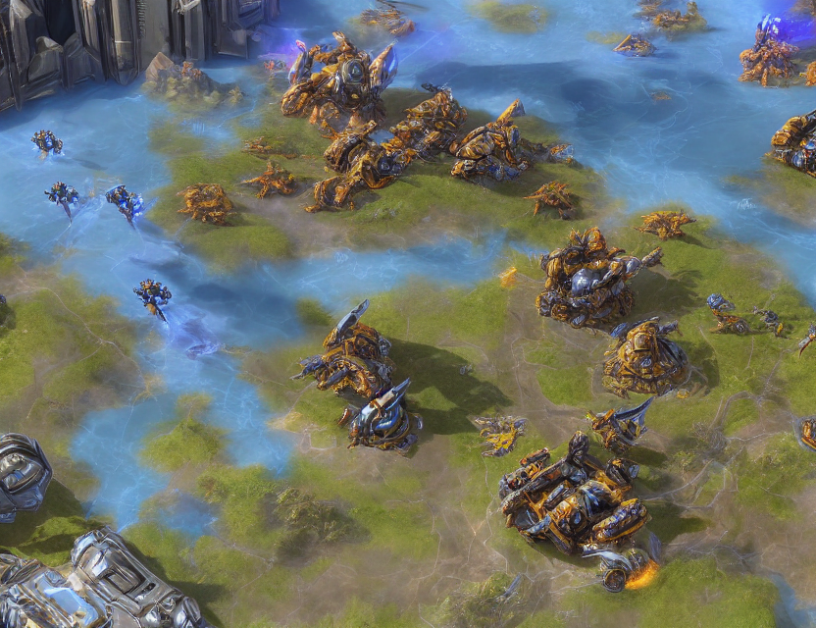The article discusses a novel approach called the Chain of Summarization method, which significantly enhances the performance of large language models (LLMs) in fast-paced, strategy-intensive environments like StarCraft II. The method is designed to handle high-risk, multifaceted information and foster rapid and prudent decision-making in complex tasks.
To improve LLMs’ performance, the authors propose a two-level summarization approach called Multi-frame Summarization. This method leverages caching mechanisms of computer hardware and frame skipping techniques in reinforcement learning to bridge the speed disparity between the game environment and LLM inference. By analyzing multiple game frames simultaneously, the LLM can understand complex situations and evolving dynamics, enabling real-time decision efficiency.
Without Multi-level Summarization, the article demonstrates that playing a game of StarCraft II requires approximately 7,000 API calls, resulting in high costs and a total duration of roughly 70 hours. In contrast, using the Chain of Summarization method reduces the number of API calls to around 700, significantly accelerating decision-making speed.
The authors evaluate the effectiveness of their approach through experiments involving GPT3.5-turbo-16k as the LLM. The results show that the Chain of Summarization method not only reduces the number of API calls but also enhances the LLM’s game comprehension and strategic abilities, allowing it to analyze, judge, and strategize at a strategic level for complex scenarios like StarCraft II.
In summary, the article presents a novel approach called Chain of Summarization that improves the performance of large language models in fast-paced, strategy-intensive environments. By leveraging caching mechanisms and frame skipping techniques, the method enables real-time decision efficiency and enhances the LLM’s understanding ability in complex situations.
Artificial Intelligence, Computer Science
“Enhancing Language Models for StarCraft II Strategy Development with Chain of Summarization



